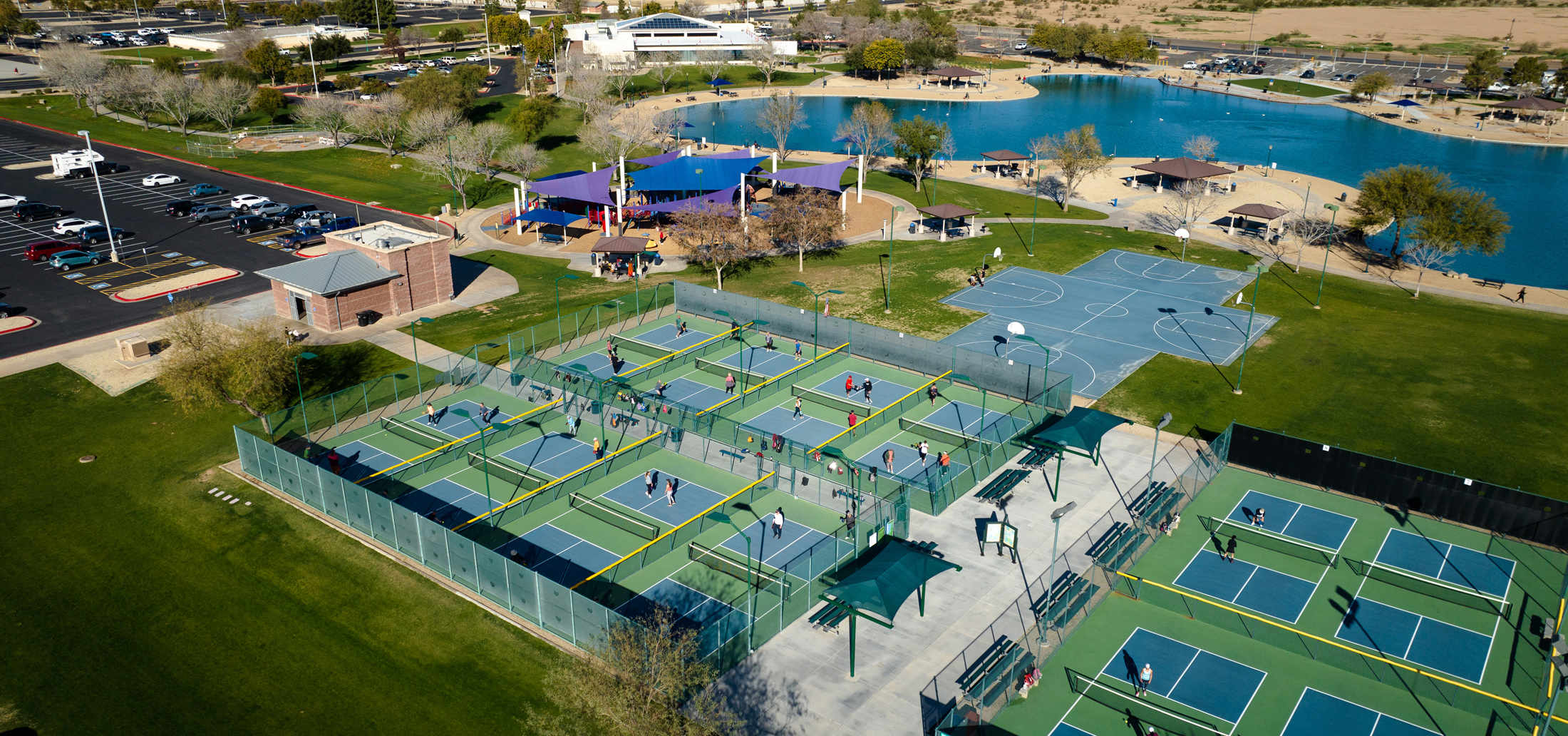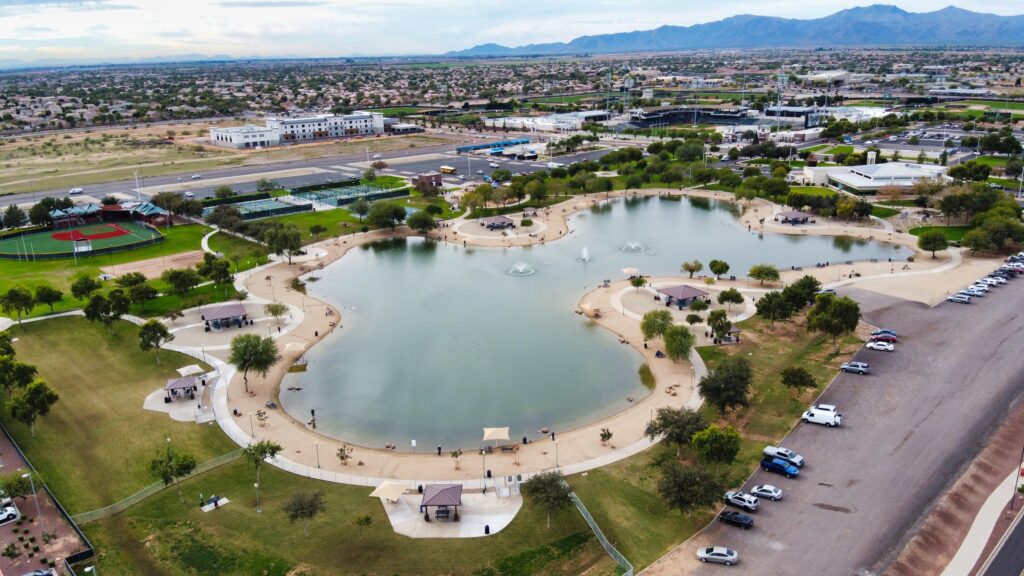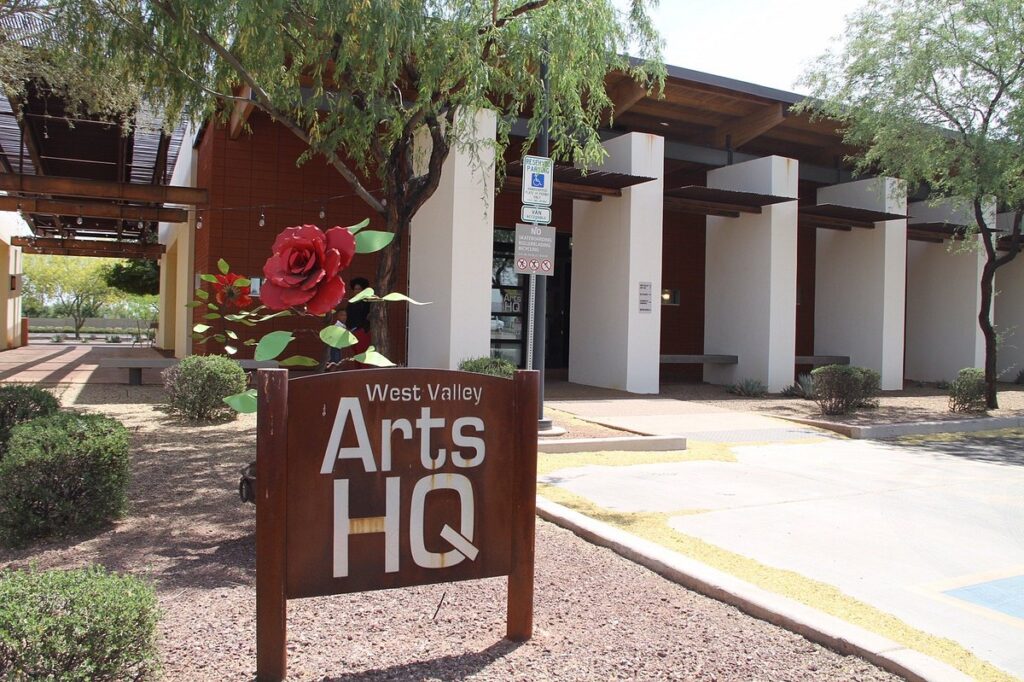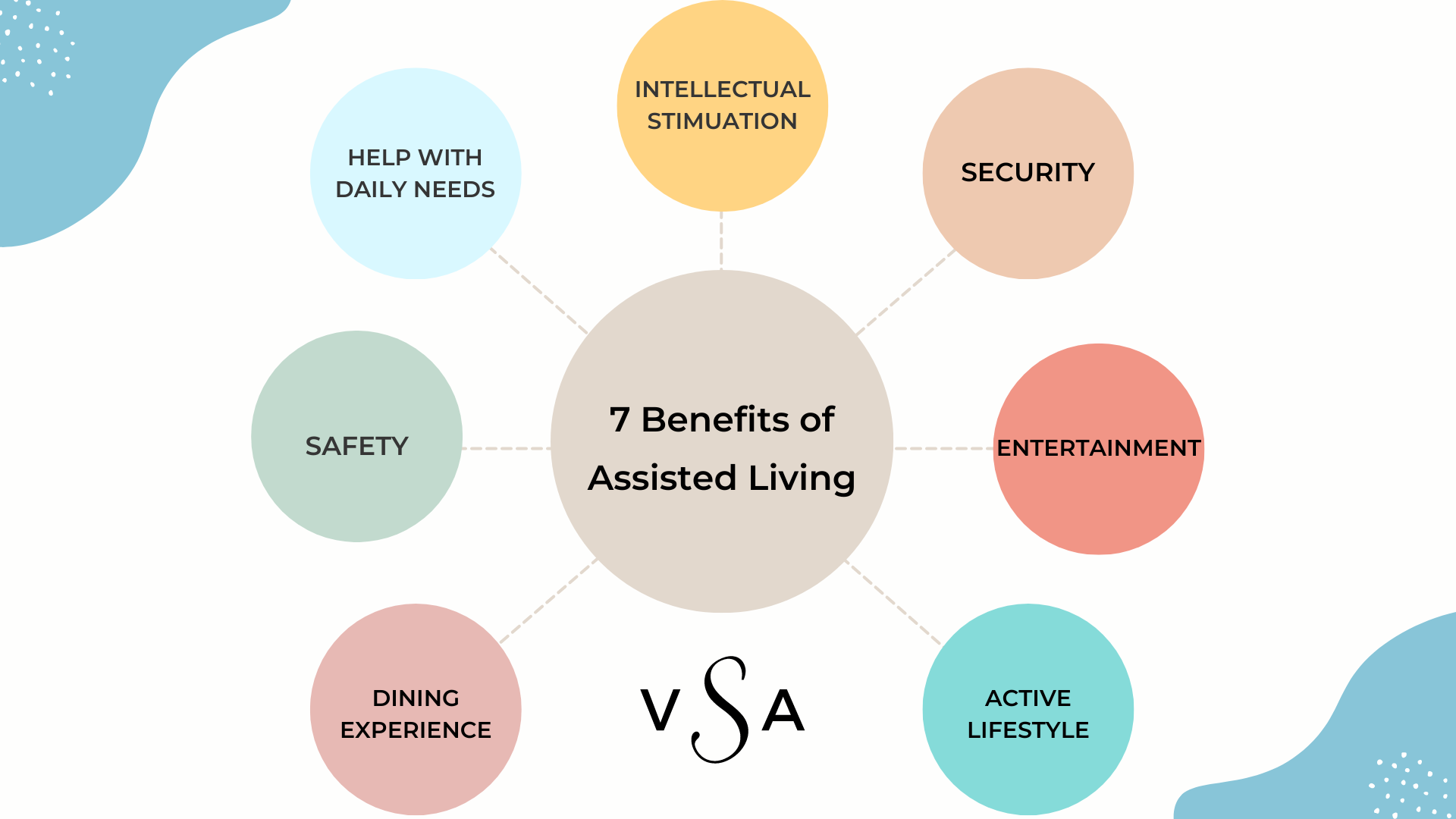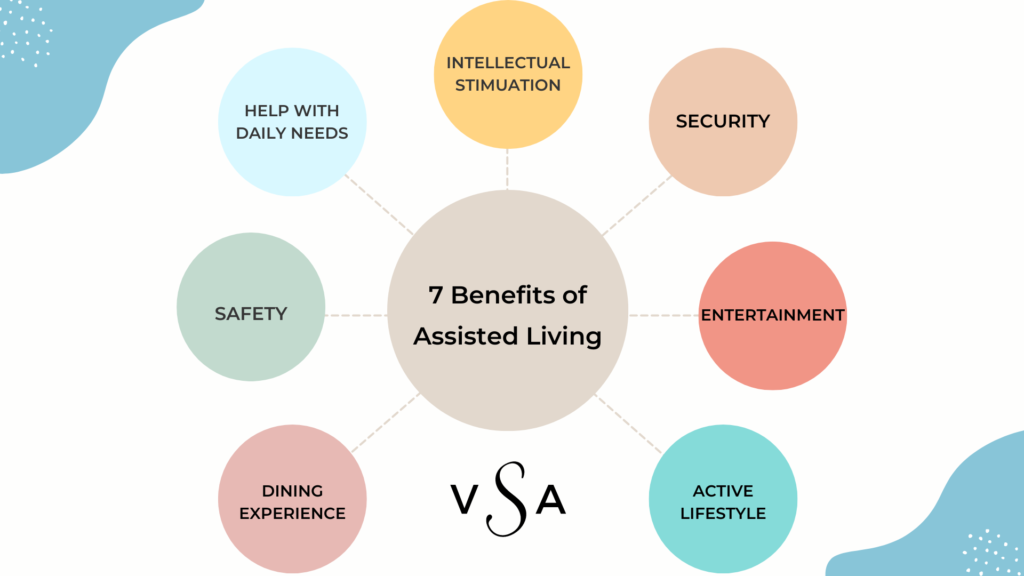Touring a senior living community is a significant step in finding the right place for yourself or a loved one. To make an informed decision, there are several crucial questions you should ask during your tour. In this article, we’ll explore the top 5 questions to ask, and run why we think they are the most important.
1. What Type of Care is Provided?
When you’re on a senior living tour, the first and most vital question to ask is whether the community offers the type of care you or your loved one requires. In assisted living, there are three main types of care:
- Supervisory Care: Designed for mostly independent individuals who need minimal assistance with daily tasks.
- Personal Care: Intended for those who require help with activities of daily living like dressing, bathing, and mobility.
- Directed Care: For individuals with cognitive impairments or special assistance needs.
In independent living, some communities may offer limited care services, typically through an assisted living wing.
Asking this question ensures you are considering communities that can meet your specific care needs.
2. What are the Monthly Costs and what does it Include?
Senior living costs can vary widely based on factors such as care level, location, amenities, and services. Some communities offer all-inclusive pricing, while others have a la carte options. Key cost-related questions to ask include:
- Meal Plans: How many meals are included in the monthly fee?
- Housekeeping: Is housekeeping included, and if so, how often?
- Laundry Services: Are laundry services offered?
- Community Fee: What is the one-time, non-refundable community fee, and when is it paid?
Understanding these costs upfront helps you plan your budget effectively.
3. What Are the Living Space Options?
The size and accommodations of the living spaces are essential considerations. The living space should be comfortable and functional for your lifestyle. Questions you should ask are:
- Accessibility: Does the space accommodate mobility devices like wheelchairs?
- Size: Is the living space large enough for your belongings?
- Kitchen: Are full-size appliances available for those who enjoy cooking?
Bringing a tape measure and visualizing how your belongings will fit can be helpful during the tour.
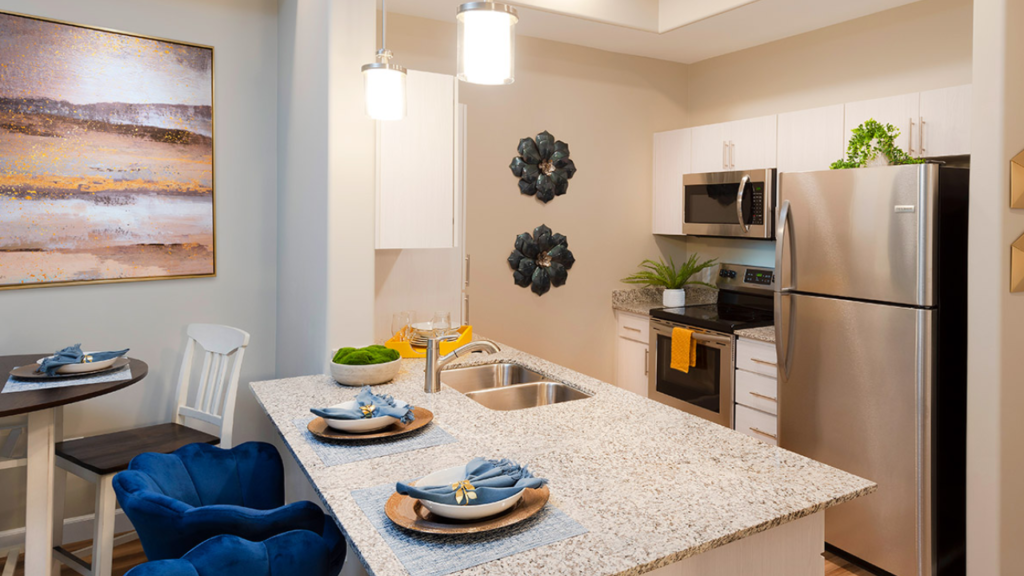
4. What is the Staff-to-Resident Ratio?
The staff-to-resident ratio is a crucial indicator of the quality of care in independent or assisted living communities. Questions to ask include:
- Caregiver-to-Resident Ratio: Ensure you know how many caregivers are on-site, excluding non-care staff.
- Varied Ratios: Inquire about how the ratio varies throughout the day, as more caregivers may be present during daytime hours.
- Staff Qualifications: Understand the qualifications of staff members, which can range from certified caregivers to medical professionals.
Higher staff-to-resident ratios often result in better quality care, especially for residents with more significant needs.
5. What is the Food Like?
Food plays a significant role in senior living communities, both in terms of cost and socialization. Key questions regarding food include:
- Meal Options: How many meals are served daily? Some communities will serve 3 meals per day while some may only serve lunch or dinner.
- Try the Meals: Can you schedule a tour during meal times to sample the food and interact with current residents?
Knowing the quality of the food can enhance your overall senior living experience and help you connect with others in the community.
While these are the top 5 questions to ask on senior living tours, remember that there are many other important questions to ask. If you’d like a comprehensive list of questions to ask during your community tour, don’t hesitate to reach out to us at Valley Senior Advisors. We are committed to assisting you in finding the best senior care options in the Phoenix area, and our services are entirely free.




